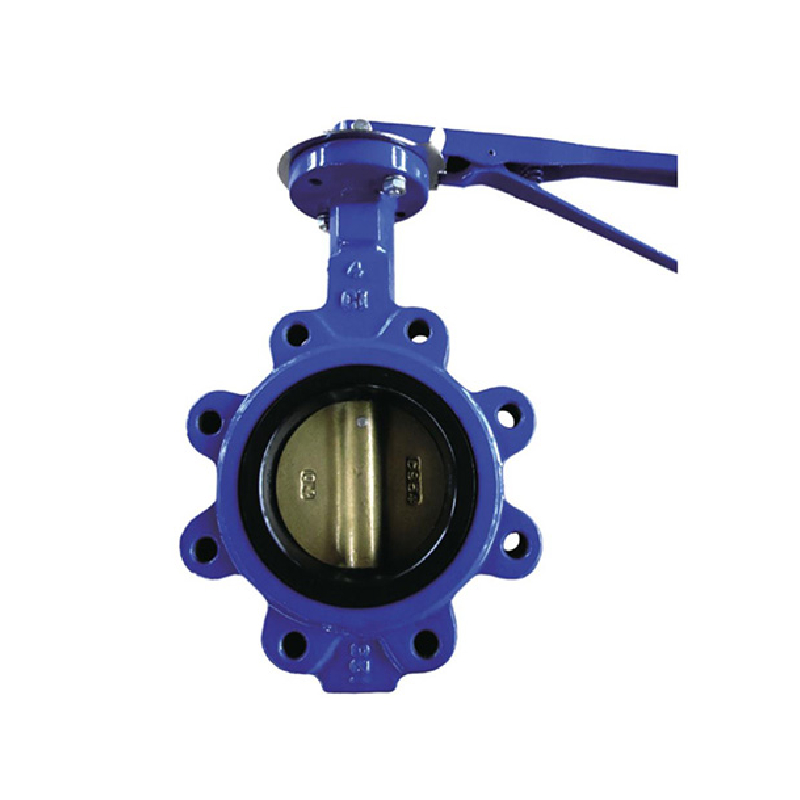Jan . 01, 2025 14:15 Back to list
Understanding the Functions and Advantages of Knife Gate Valves in Industrial Applications
Understanding Knife Gate Valves A Key Component in Fluid Control
Knife gate valves are essential tools in various industries for controlling the flow of liquids and slurries. Their unique design and functionality make them particularly suitable for applications where tight shut-off and durability are paramount. In this article, we will explore the construction, advantages, applications, and maintenance of knife gate valves.
Construction and Design
A knife gate valve primarily consists of a gate that resembles a knife blade, which slides between two seating surfaces to either start or stop the flow of media. The design allows the gate to cut through the fluid, making it particularly effective for handling thick fluids, slurries, and solids. This cutting action minimizes the deformation of the media, thereby preventing the accumulation that can be common in other types of valves.
Knife gate valves typically feature a simple yet robust construction, including
- Body Made from various materials, including stainless steel, ductile iron, and PVC, the body of the valve is designed to withstand significant pressure and corrosive environments. - Gate The blade-like gate is a critical component, able to handle abrasive materials due to its hardened surface. - Sealing Mechanism Depending on the application, knife gate valves may include solid rubber seals or metal-to-metal sealing, providing excellent leak-proof abilities.
Advantages of Knife Gate Valves
1. Effective Flow Control The design of knife gate valves provides a clear path for media, allowing for precise control of flow rates. This feature is essential in industries that require strict management of fluid dynamics.
2. Minimal Pressure Drop When fully open, knife gate valves create a nearly unobstructed flow path, resulting in minimal resistance and pressure drop compared to other valve types, thus improving system efficiency.
knife gate valve

4. Ease of Maintenance With fewer moving parts and a simple design, knife gate valves are generally easier to maintain than more complex valve types. This reduces downtime and operational costs significantly.
5. Versatility Available in various sizes and materials, knife gate valves can be used in a wide range of applications across different industries, including water treatment, mining, power generation, and food processing.
Applications
Knife gate valves are widely used in various sectors due to their effectiveness and reliability. Some common applications include
- Pulp and Paper Industry Managing the flow of slurries and chemical treatments, knife gate valves help in the efficient processing of wood pulp. - Wastewater Treatment They play a crucial role in controlling the flow of sludge and other waste materials, ensuring effective treatment processes. - Mining Operations The ability to cut through thick slurries makes knife gate valves ideal for mineral processing and tailings management. - Food and Beverage Industry Ensuring hygienic processing, knife gate valves are employed to control fluid flow in food production facilities.
Maintenance Considerations
To ensure optimal performance and longevity, routine maintenance of knife gate valves is essential. Key maintenance practices include
- Regular Inspections Periodically check for wear and tear, leakages, and proper sealing. - Cleaning Remove any build-up around the valve to ensure smooth operation. - Lubrication Ensure that moving parts are properly lubricated to prevent friction-related wear.
Conclusion
In summary, knife gate valves are critical components in fluid control systems across various industries. Their efficient design, durability, and ease of maintenance make them a popular choice for handling challenging materials. By understanding their construction, advantages, applications, and maintenance needs, operators can ensure the reliability and efficiency of their fluid management processes. As industries continue to evolve, the demand for effective fluid control solutions, such as knife gate valves, is likely to grow.
Share
-
Reliable Wafer Type Butterfly Valves for Every IndustryNewsJul.25,2025
-
Reliable Flow Control Begins with the Right Ball Check ValveNewsJul.25,2025
-
Precision Flow Control Starts with Quality ValvesNewsJul.25,2025
-
Industrial Flow Control ReliabilityNewsJul.25,2025
-
Engineered for Efficiency Gate Valves That Power Industrial PerformanceNewsJul.25,2025
-
Empowering Infrastructure Through Quality ManufacturingNewsJul.25,2025